

Max Davies
2025 Toyota GR Supra Track Edition review
5 Days Ago

Marketplace Editor
The new Audi A3 is something of an anomaly for the Volkswagen Group in Australia.
The new compact Audi hatchback and sedan have arrived featuring the latest Euro 6-certified powertrains, including the Group’s new 48V mild-hybrid petrol engine Down Under.
All versions of the new A3 – from the base 35 TFSI to the RS3 – feature petrol particulate filters (PPFs), despite parent Volkswagen and Group subsidiary Skoda struggling to bring the company’s most efficient powertrains to our market.
Petrol particulate filters are designed to catch the most harmful pollutants from an engine before they’re emitted into the environment. They’re a necessity to meet the latest, strictest European emissions standards, but aren’t required in Australia.
Demand for lower-emission engines in Europe, and the fact Australian 91 RON unleaded can cause problems in PPF-equipped cars, has meant most of these engine have remained off the table locally.
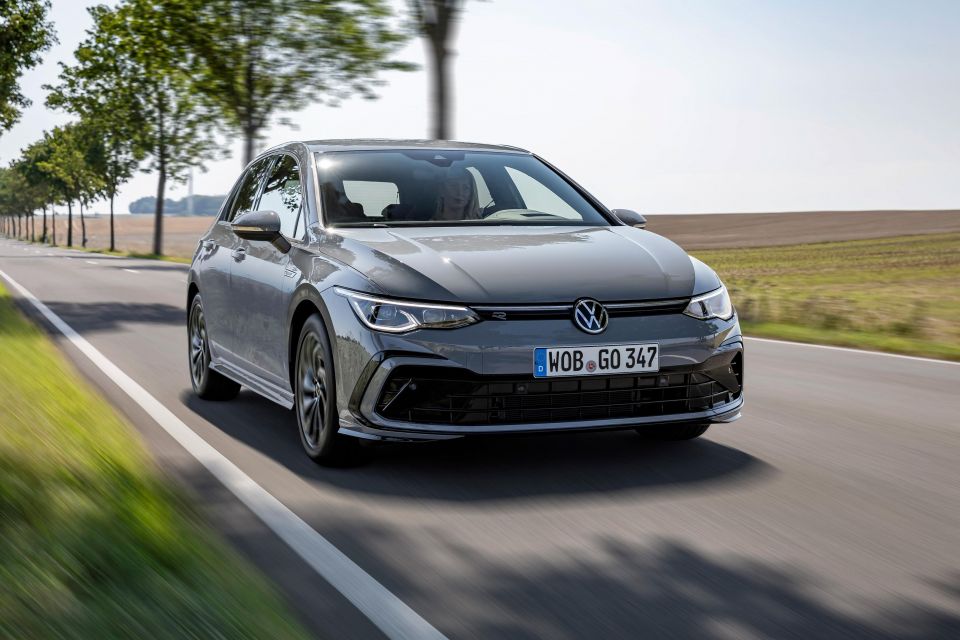
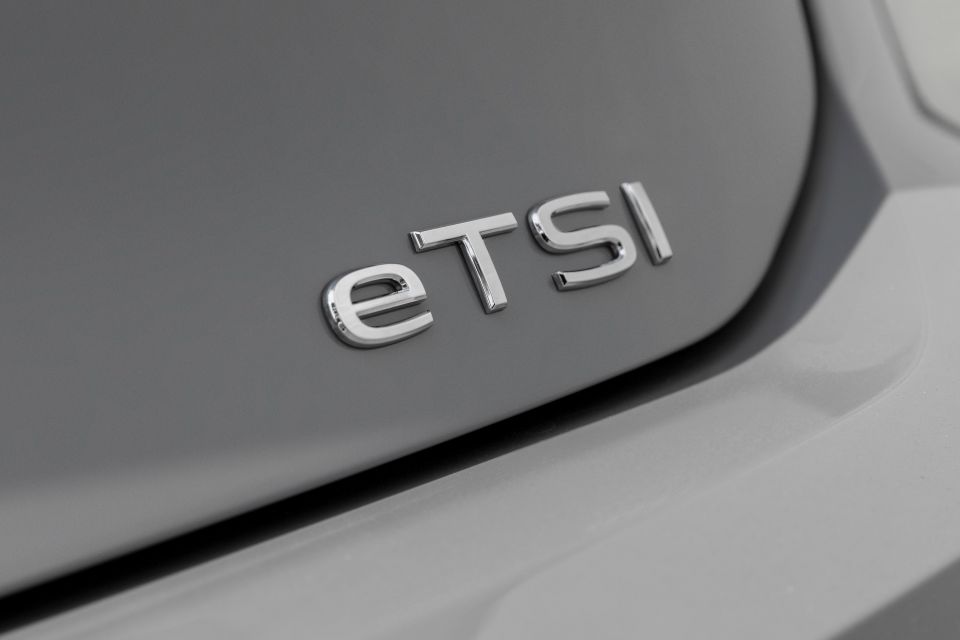
Elsewhere in the Volkswagen Group, company representatives have cited Australia’s lack of emissions regulations and poor petrol quality as the reason head offices won’t sign off on bringing the latest, cleanest powertrains here.
Although it has brought an up-to-date range of engines in the A3, Audi says fuel quality and emissions regulation frameworks for Australia would simplify the process of bringing these engines to market, and better align the local product portfolio with that of Europe.
“On the topic of petrol particulate filters, we’ve had a few engines that’ve we’ve brought to market, and that’s increasing,” Audi Australia communications boss Shaun Cleary said.
“Australia is a very small market in terms of total volume, and so the benefit of aligning to regulations of bigger markets is that there’s a clear alignment and it’s a much simpler process to bring vehicles to market in terms of, for example, fuel quality and petrol particulate filters.”
“Fuel quality and other alignments in regulations are certainly most helpful for manufacturers to bring the very best engines and technologies to Australia,” Mr Cleary continued.
“From an Audi perspective, that hasn’t been a limiting factor in recent history, but it won’t always work. We look at all options to make sure we’re bringing the very best engine technology to market.”
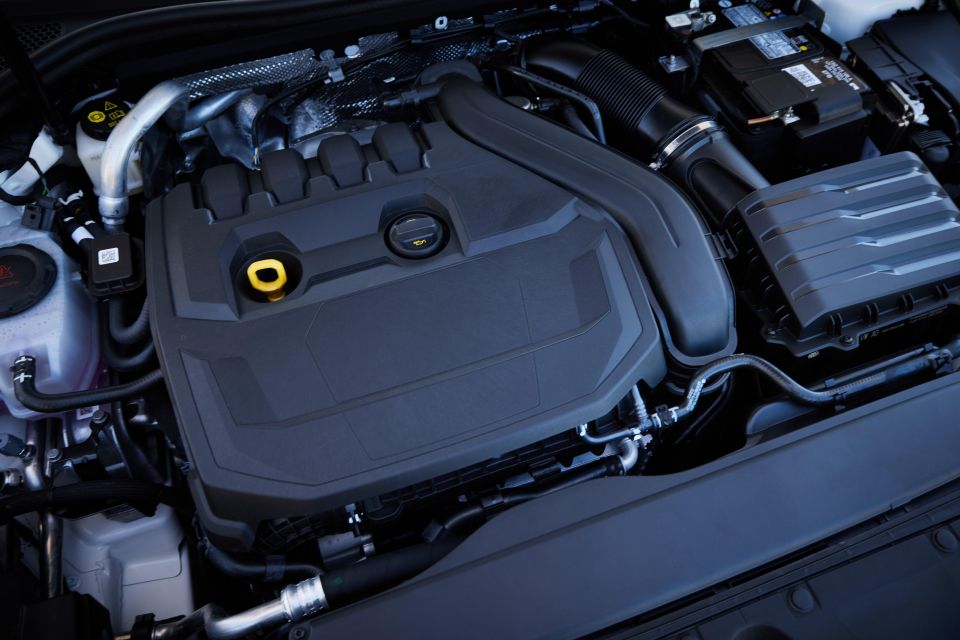
When quizzed as to whether PPFs require more targeted messaging at a dealer level to educate customers on the dangers of under-filling their cars, Cleary said it’s a matter of following what’s specified in the vehicle specifications.
“For the engines we’ve brought so far, it’s generally been performance engines like the RS3 and SQ2. Generally, buyers of these vehicles are more amenable to ensuring they’re filled with a high-grade fuel,” Mr Cleary said.
“But in all cases, it is clearly specified on the fuel cap exactly what the minimum fuel requirement is.”
It makes sense, when you consider manufacturers can only produce a finite number of engines per annum and regions like Europe mandate fleet emissions averages and threaten big fines for not meeting those requirements.
Australia’s emissions regulations currently align with Euro 5 criteria almost two decades old, and isn’t due to bring local fuel to European low-sulphur levels until 2024, with a hard deadline to bring Euro 6 standards in by July 1, 2027.
You can read more about how Australia’s fuel compares with the rest of the world here.
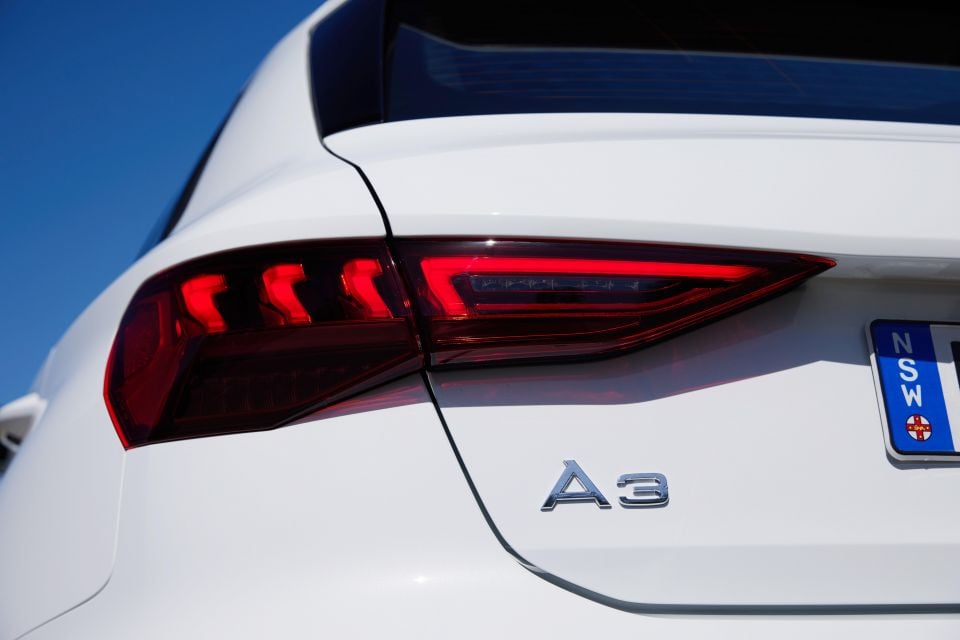
Headlining the list of new powertrains is the A3 35 TFSI’s1.5-litre, 48V mild-hybrid powertrain. It’s the first time this engine has made it to Australia despite being offered overseas in the likes of the new Volkswagen Golf and Skoda Octavia.
Making the same 110kW and 250Nm as the non-mild-hybrid version of the engine available locally in the Skoda Kamiq and Scala, it has a claimed fuel economy figure of 4.9-5.0L/100km on the combined cycle.
Our recent launch drive showed it’s achievable too, returning an indicated 5.7L/100km after a day’s worth of mixed real-world testing.
Further up the range you have the 40 TFSI quattro running a 140kW/320Nm 2.0 TFSI claiming fuel use of 6.6-6.7L/100km (Sedan-Sportback), and the S3’s 2.0-litre turbo ups that to 228kW/400Nm – marking the first time the S3 has received the same tune as European models due to Australia’s historical ‘hot climate’ designation.
The S3 claims to use 7.3-7.4L/100km on the combined cycle, and can dash from 0-100 in 4.8 seconds.
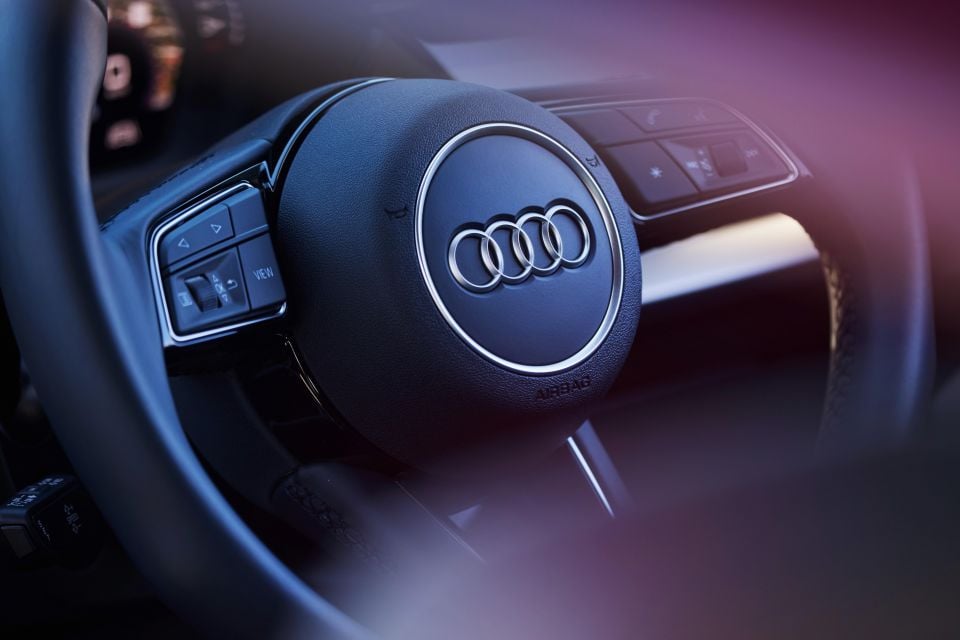
MORE: 2022 Audi A3 35 TFSI review MORE: Everything Audi A3
Where expert car reviews meet expert car buying – CarExpert gives you trusted advice, personalised service and real savings on your next new car.
James is an automotive journalist based in Melbourne, Australia. Before joining CarExpert.com.au in 2020, James has worked at leading auto media outlets including Carsales and CarAdvice, as well as at Pulse agency for Ford Australia's communications team. In 2019 James made Mumbrella's 'Top 20 most prolific web authors in Australia' list after publishing 1,360 articles between March 1, 2018 and February 28, 2019 for CarAdvice. James is also an Ambassador for Drive Against Depression – an Australian charity whose mission is to support mental wellness through the freedom of driving and a shared love of cars.


Max Davies
5 Days Ago


Neil Briscoe
4 Days Ago


Max Davies
3 Days Ago


James Wong
1 Day Ago


William Stopford
1 Day Ago
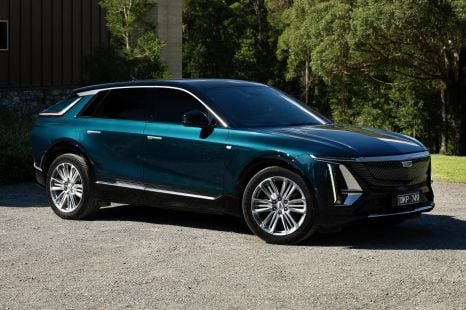

William Stopford
4 Hours Ago